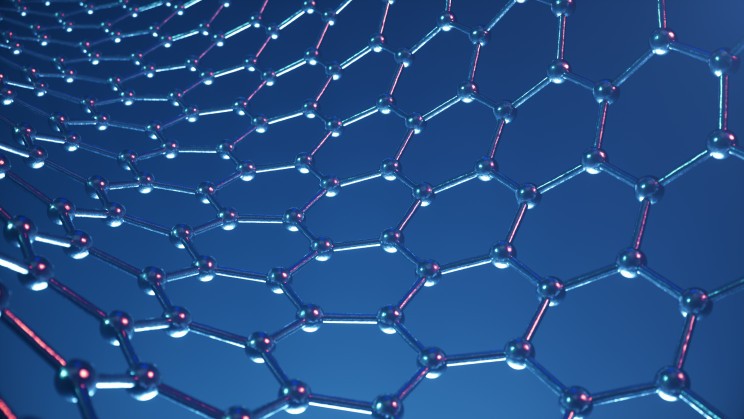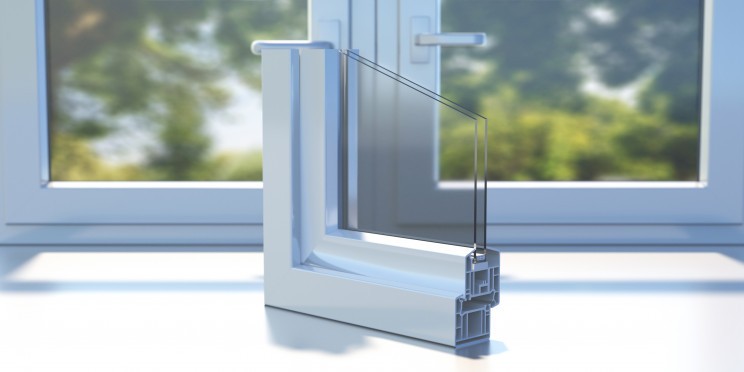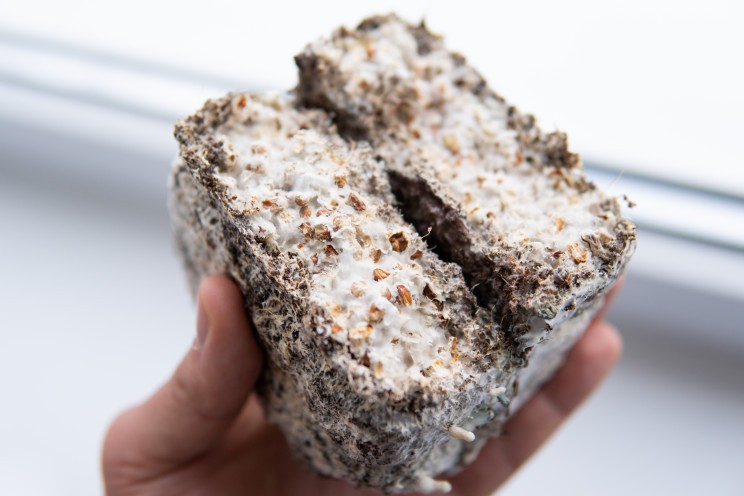
Self-healing concretes, heat-regulating glass, 3D-printed decks: these are the new green building materials that will change the furnishing industry in the coming years. A survey by Allied Market Research estimates that the sustainable construction market, worth around $190 billion in 2020, will reach $330 billion in 2030 with an overall growth of 74%. So here we take a look at ten new materials we will be building with in the near future.
And it must be stated clearly; green building materials do not belong to a distant future. These are intelligent and dynamic materials capable of reacting to external stimuli, and existing materials for which a new use can be found and all of them are currently in use or development. At a time when collective environmental awareness is experiencing unprecedented development, the prefix "bio" will become imperative in front of the terms building and architecture, and design methods in line with the principles of environmental sustainability will become the new norm. So what are the innovations in architecture that will set trends in the coming years? Here are the 10 sustainable materials and technologies that will revolutionise the future of the construction industry:
Self-healing concrete
Concrete is an invaluable construction material, but has a tendency to crack over time. This new concrete contains bacteria that can repair these cracks on its own. If the bacteria in the concrete come into contact with the water or oxygen in a crack, they produce calcite crystals that fill and repair the crack, drastically extending the life of the concrete, and the building.
Carbon-fibre-reinforced concrete
For buildings exposed to bad weather, concrete is not always a great solution as it can be quite vulnerable to damage. However, by reinforcing the concrete with carbon-fibre, it can be made more resistant to the weather. This type of concrete might not heal itself, but it is still an incredibly strong, light, and flexible building material to stand up to adverse conditions.
Graphene
Graphene is a material with excellent conductive properties made up of a layer of carbon atoms, with which it is possible to produce a much stronger concrete using fewer of the more polluting traditional materials.

Environmentally friendly cement activation technologies
While incredibly useful in construction, cement is also a pretty big polluter. To combat that fact, new cement activation technologies, such as Chryso Icare are being developed. This technology allows clinker, the basic component for cement production, to be replaced by more ecological and economical binders, thus reducing the amount of CO2 emissions during the manufacturing process and cutting energy and production costs as well.
Thermoregulatory glazing
This new glazing technology is a flexible option that improves the efficiency of window glazing by reacting differently in different situations. For example, it can react to external stimuli such as light and temperature, and become more opaque, which will help to keep a building cooler in warmer weather, thus saving on air conditioning and polluting less. Conversely, in winter, the windows can become more translucent, allowing more light and heat to enter.

Weather-resistant bio bricks
Made of eco-friendly materials such as hemp and lime, these bricks are more environmentally friendly than more traditional bricks. They also have the added benefit of being weather-resistant, meaning that they will last longer.

Straw
While far from a new material, straw is being rediscovered in an increasingly environmentally conscious construction industry. It is a relatively inexpensive, but efficient and eco-friendly insulation material that works for both thermal and acoustic insulation of buildings.

Wool
Similarly to straw, wool is a an old material that is seeing new uses in the modern world. Just like straw it is an excellent insulator that has the additional benefit of being environmentally friendly. Added to this, wool is also a great material to absorb air pollutants and prevent them from entering a building.
Mycelium
Mycelium is a substance contained in mushrooms, that somehow has found its way into the construction industry. Here it is used as an ecological and biodegradable material to improve the hermetic structure of buildings.

3D printing
3D printing is a revolutionary technology that will impact many fields in the coming decades. In construction it can be used to print concrete blocks that can be easily assembled and recycled. The process saves water, energy, and transport costs (both financial and environmental), as the components can be easily dismantled and reassembled anywhere and recycled once the construction is no longer needed.






